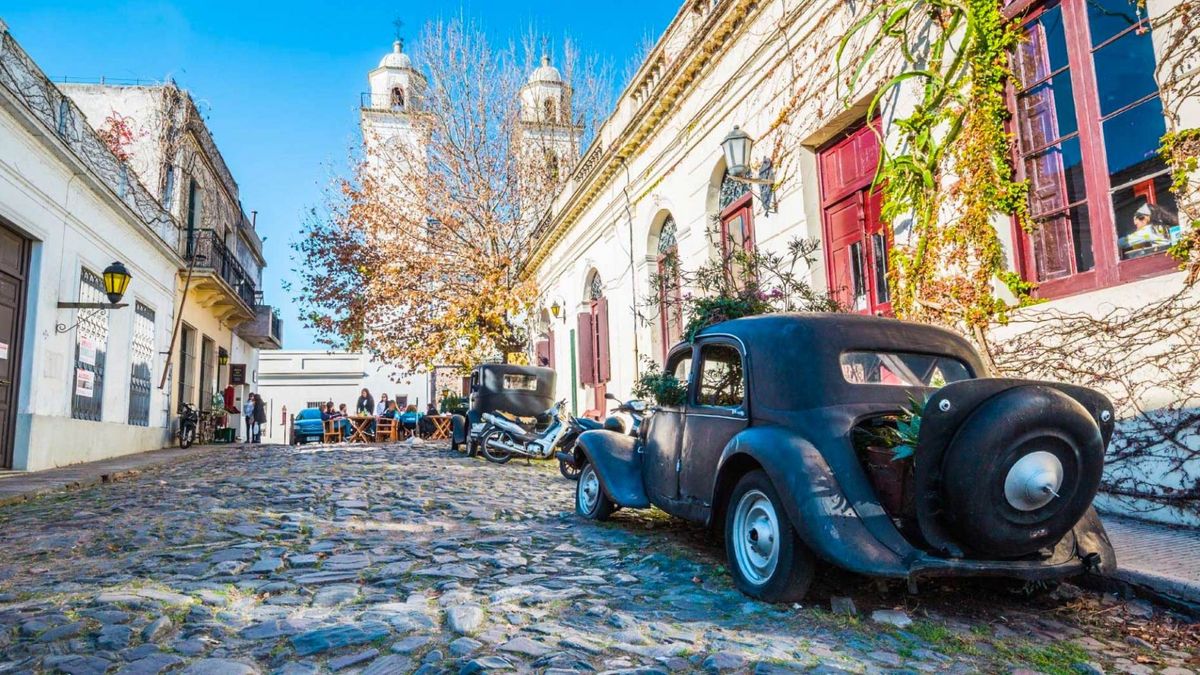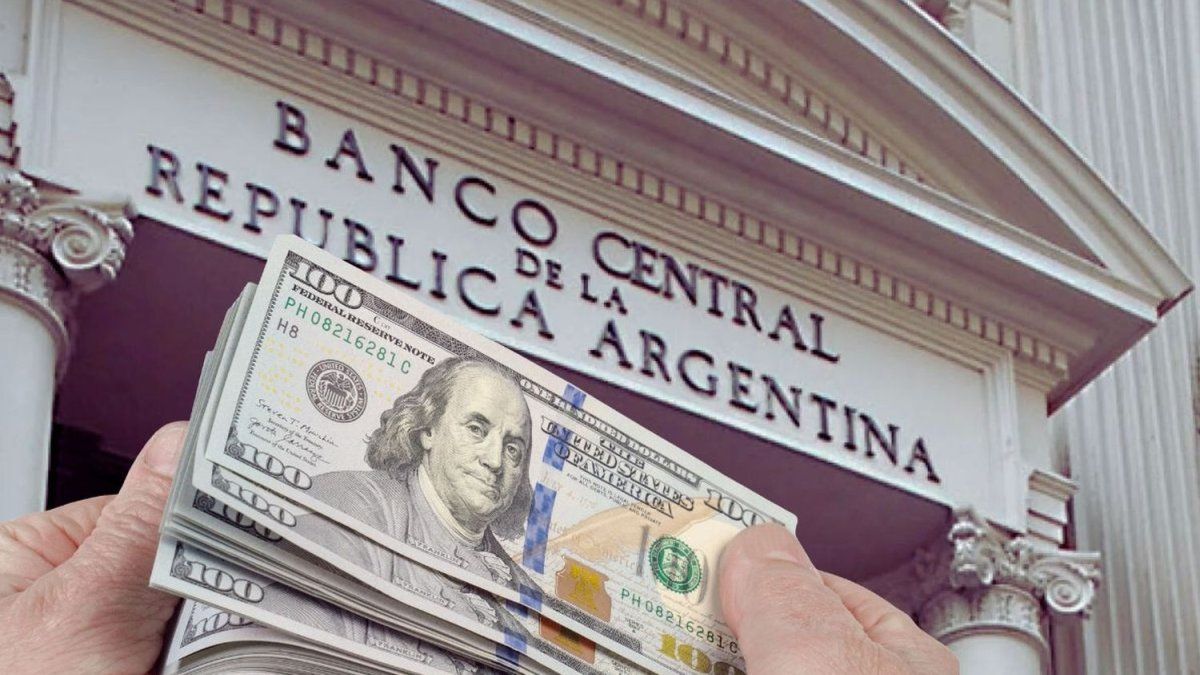The department had an occupancy rate of 67% during January, 2% less than the previous year, while year-on-year it was down 20%.
The Department of Cologne It is one of the most touristy in the Uruguay, especially Sacramento Colony; However, experts say they face a February marked by the uncertainty, while they spent the last month with 67% occupancy.
The content you want to access is exclusive to subscribers.
Colonia is the department with the lowest unemployment rate in all of Uruguay, according to the National Institute of Statistics (INE), while Black river It is still the one with the highest rate. However, it is not all good news since Cologne It faces a drop in its tourist occupancy and will spend February without a large number of reservations.


One of the main reasons why tourism numbers were affected, as explained by the department’s journalist, Claudia de los Santosto Radio Carve, is the exchange difference with Argentina. However, de los Santos highlighted that the tourism sector did a great job attracting Brazilian citizens and promoting domestic tourism, which equalized the balance.
The arrival of Brazilian tourists grew by 50% compared to the previous summer
The president of the Association of Hotels and Restaurants of Uruguay, Francisco Rodríguez– in dialogue with Radio Carve – gave details of the first fortnight of the tourism sector in the country and assured that the presence of Brazilian tourists was what made the difference in the face of the economic crisis suffered by the Argentina and that forced the middle class to choose other vacation destinations.
According to Rodríguez, this result is due to the great work of the sector in promoting Uruguay as a vacation spot for Brazilians, focusing on the southern sector of the Brazil. Meanwhile, he announced that this year it will be intensified in the northernmost regions to attract audiences from the most distant places in that country.
Considering the campaign as successful, the president of the association gave the example of Cologne, a destination that 80% was chosen by Uruguayans and Argentines. Faced with the economic crisis of the neighboring country, its participation fell considerably, reaching between 15 and 20%. However, that remaining 80% was made up of Brazilian tourists and tourists from the interior of Uruguay.
A similar case happened in Rocha and Montevideo, the latter specifically in the gastronomic sector. “In Montevideo, the arrival of more Brazilian tourists caused a rebound in gastronomy,” Rodríguez explained, adding that they especially focus on wines and meats.
Source: Ambito




